How to Teach Place Value in 10 Easy Ways
reviewed by Jessica Kaminski
Updated on August 2, 2025
Many parents wonder how to teach place value — a core math topic that creates a solid foundation for more advanced knowledge. This guide aims to help you with the issue. Explore the 10 handy ways to assist your child with the concept.
Key Points
- Place value is an essential topic for elementary students, showing them how digits merge and mix to form numbers.
- You can effectively teach place value by reinforcing understanding and providing real-world context.
- Personalized tutoring in the 1:1 format creates a stress-free learning environment to understand math theory effectively.
How to teach place value?
- Learning place value with math tutors
- Teaching place value with worksheets
- Learning with online place value games
- Employing skip counting
- Explaining numbers and digits
- Teaching place value in different systems
- Practicing with real-world problems
- Introducing the place value concepts gradually
- Using manipulatives
- Visualizing place value
Strategies for teaching place value: 10 best techniques
Learning place value with math tutors
Learning place value with math tutors allows children to receive guided help on the topic. Experienced instructors give kids complete support and immediate responses, explanations, and clarifications whenever needed.
With their strong result orientation, Brighterly math tutors perfectly exemplify how personalized tuition can provide faster progress and better memory retention, especially when compared to autonomous or classroom studies.

How can Brighterly math tutors help your child with learning place value?
Personalized guidance
Learning at the Brighterly math tutoring platform is based on customized plans that account for your kid’s individual needs.
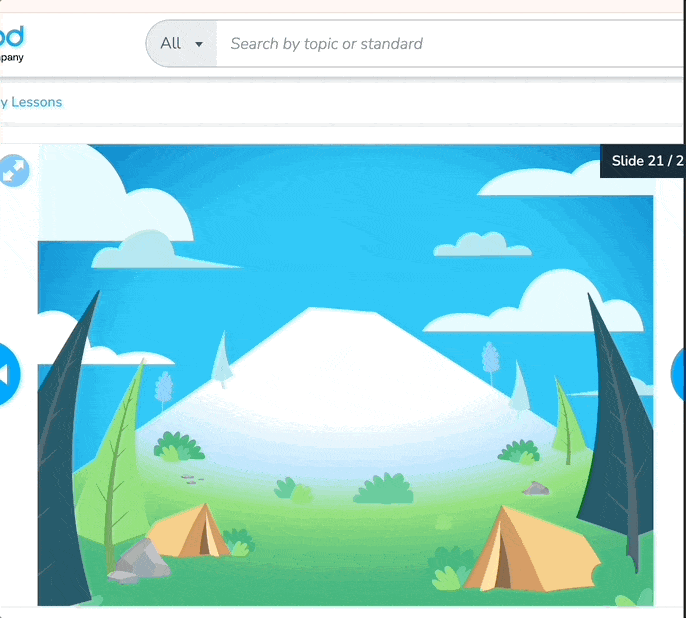
When your child first registers at Brighterly, they are asked to complete a qualification test. It serves the two core aims:
- The testing results are carefully analyzed to define the current knowledge level. They later serve as the roadmap for creating an ideal learning scheme. The Brighterly math tutoring platform doesn’t offer one-size-fits-all solutions. Instead, it focuses on developing personalized approaches to follow individual tracks closely.
Based on their results, children are matched with perfectly suited tutors. Having any special requirements or needs? Specify them during the registration to get the best pair.
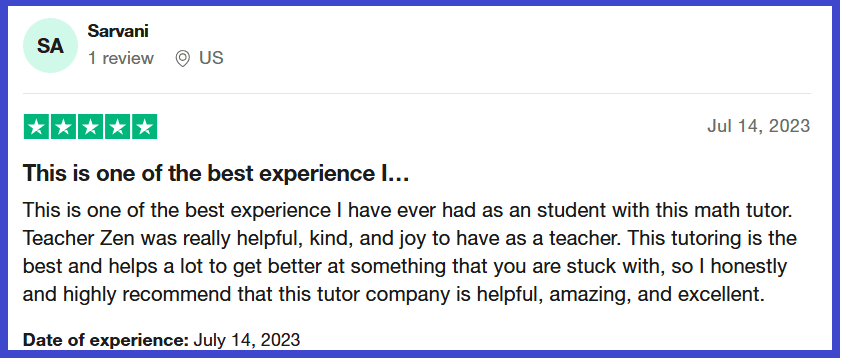
1:1 tuition
The Brighterly math program is conducted in a 1:1 format, guaranteeing that a tutor devotes all their attention to your child.
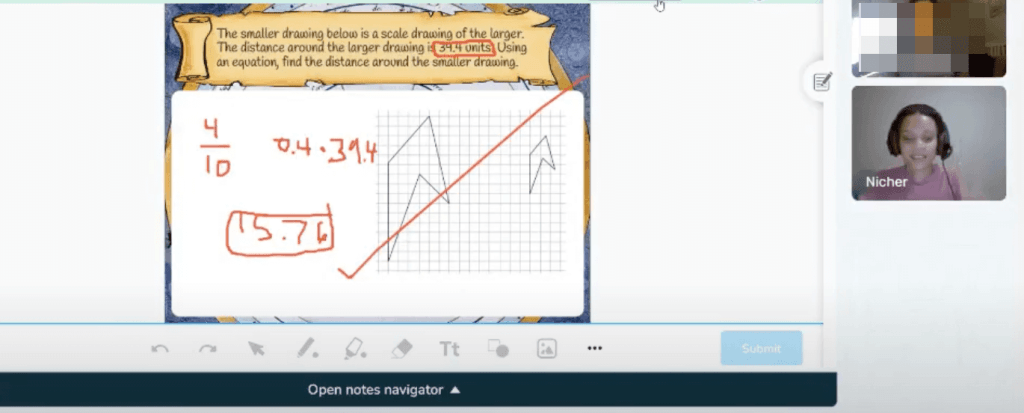
At this point, I should debunk one myth — some parents find such an approach for introducing place value as boring or less interactive, which is a huge misconception.
Instead, individual lessons serve as the standard of trust, encouraging kids to ask follow-up questions and advance at their own pace. With this format, children don’t have to rush to catch up with others. Instead, they can devote sufficient time to the specific topic and gain an in-depth understanding.
Moreover, Brighterly’s lessons are gamified. Thus, your child will stay focused on the topic and anticipate future practices.
Understanding instead of memorization
All kids at the Brighterly math tutoring platform are encouraged to understand the theoretical material before memorizing it.
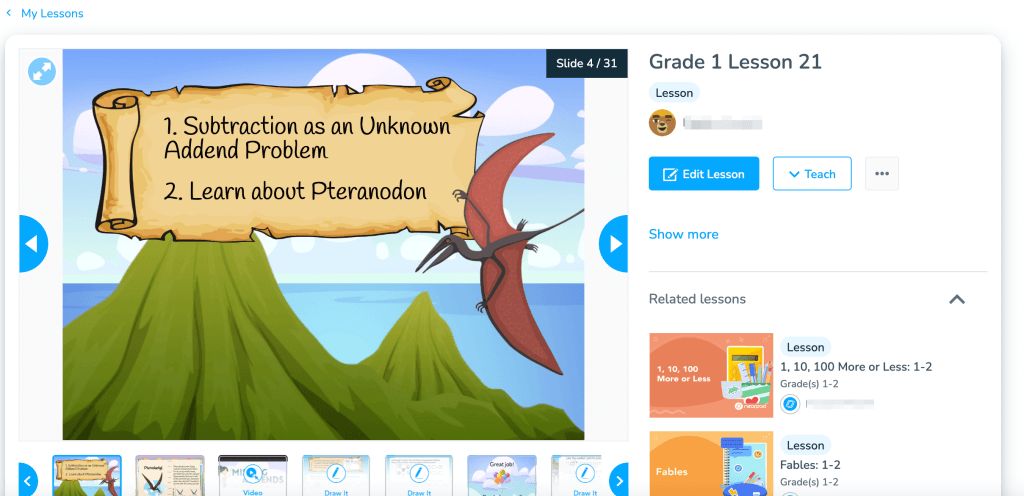
Brighterly math tutors believe that understanding is the only way to create a solid knowledge base and prepare children for more advanced topics. But how do they help kids in the process?
Most importantly, they provide a wealth of real-world context. At Brighterly, your child will get the exact answer to “Why?” behind the “How?”. Multiple examples and real-world scenarios guarantee better material retention and more effective learning.
Teaching place value with worksheets
Worksheets are fun, colorful collections of word tasks provided in a convenient printable format. They can give detailed practice in recently learned theory or just serve as reminders about past topics kids learned.
Here’s how you can use Brighterly math worksheets to give your kid extra practice in place value:
- First, use the Place Value — Definition with Examples theoretical section which provides an in-depth place value explanation and fun examples to boost memorization.
- Then, move to the practical part with Place Value Worksheets.
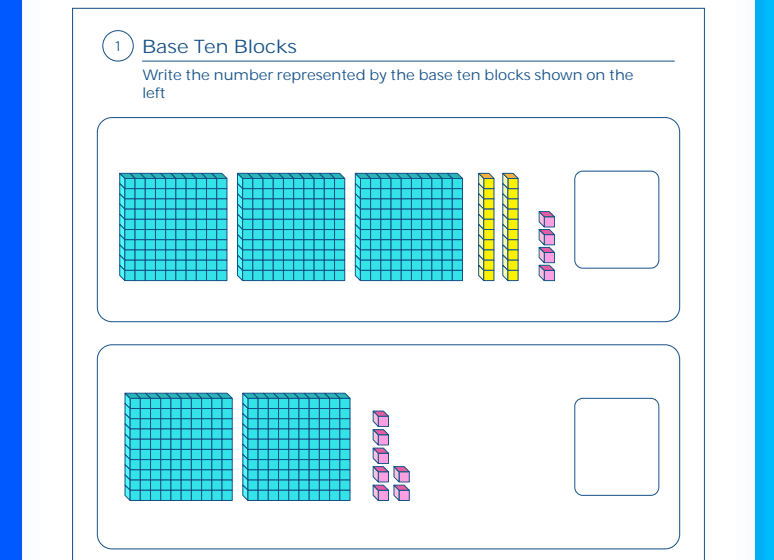
Do you like the idea to teach place value worksheets in PDF? Brighterly offers many materials on the topic, each containing an exclusive set of tasks.
Teaching place value with worksheets: Practical tips
-
Use physical aids
Wondering how to explain place value to children? Enhance their worksheet practice with base-ten blocks, counters, or place value charts while solving problems. It will create an actual context for your expanded explanation.
-
Don’t rush
Remember that the goal of a worksheet is learning, not just finishing the tasks. Thus, spend extra time studying a tricky task whenever your kid encounters one. Return to it later to ensure they get the correct answer on the second try.
Teaching place value with worksheets: Benefits
-
They turn trivial numbers into inquisitive puzzles
When designed well, place value worksheets function like puzzles — kids need to decode how digits fit together. It encourages them to think logically and recognize patterns, making the whole learning a fun challenge.
-
They help to fix mistakes early
Many place value mistakes go unnoticed in verbal exercises because kids guess rather than apply rules. On worksheets, every step is visible, so errors can be spotted and corrected systematically. It is especially useful when performing operations like adding and subtracting, as kids can see how place value affects each step in the calculation.
Learning place value with games
How to teach place value to a child? Games are the perfect answer as they turn boring theoretical concepts into a fun process. They also effectively combine visual and physical elements and encourage active learning through hands-on experiences, proving very effective for youngsters.
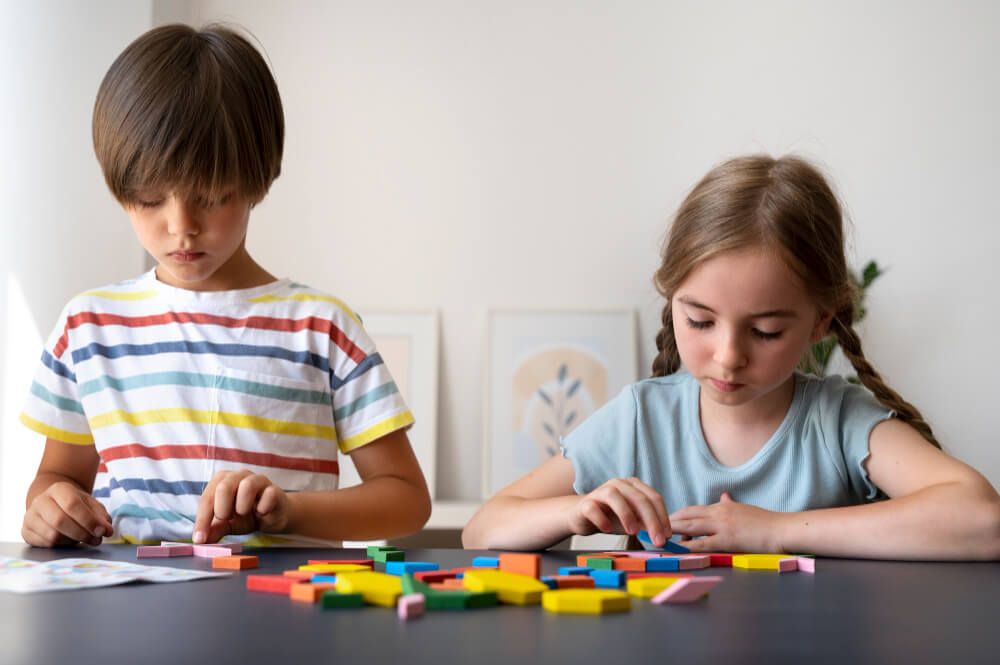
Practical tips
- Choose games that require number manipulation
Select games where kids physically move or arrange numbers, like placing digit cards in order or using dice to build numbers. It makes abstract concepts more concrete.
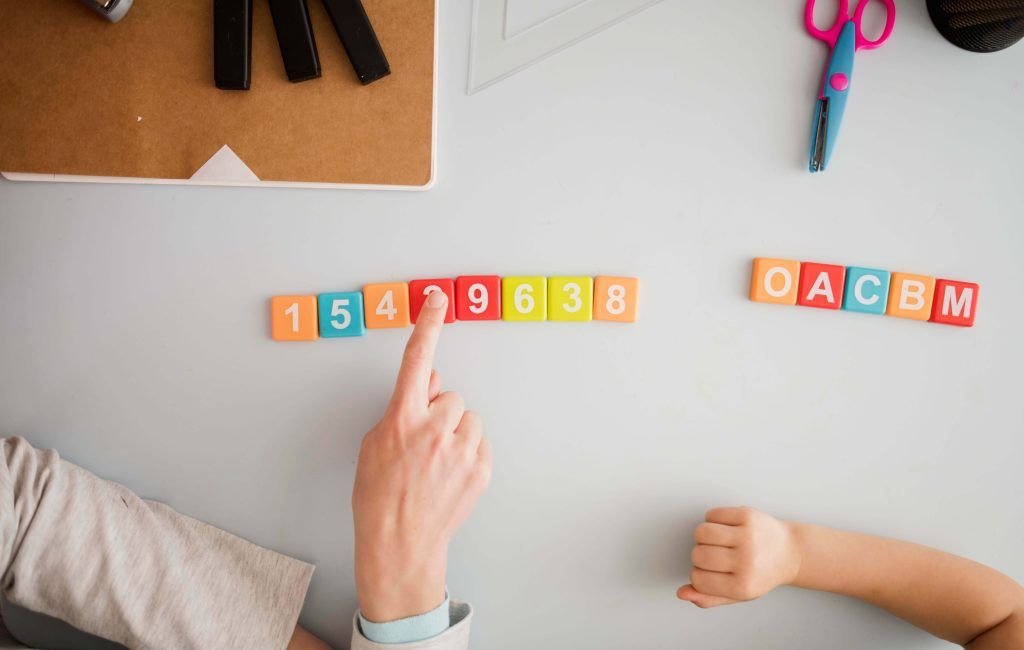
-
Adjust game difficulty based on skill level
Many wonder, “What are the steps to teach place value?” Here’s the golden rule: always start with simple games and progress to more complex challenges (e.g., comparing numbers or solving puzzles). Thus, the child can confidently build on their knowledge.
Benefits
-
Minimizing pressure
Many kids perceive math as a purely theoretical subject and take any math-related task as a test. Games can remove that pressure and replace it with curiosity and excitement. Instead of worrying about being wrong, they’re motivated to experiment with numbers.
-
Numbers receive a physical form
It’s hard for kids to grasp that 4 in 40 is different from 4 in 400 unless they can see and manipulate it. Games turn numbers into objects they can move, build, and compare.
Learning place value by employing skip counting
Skip counting refers to the method in which kids try to avoid the number “one” for counting and take larger numbers, like two, five, or ten, as the basis.

Practical tips
-
Use a hundred-chart
Hundered charts teach kids to find specific counting patterns. For example, they can spot that counting by 5 will always end in 5 or 0. You can find one of those charts below and use it for practice or turn explaining place value into a fun game. That’s how you do it: look up a blank chart version, print it out, and ask the child to color it as they count in 2s, 5s, or 10s.
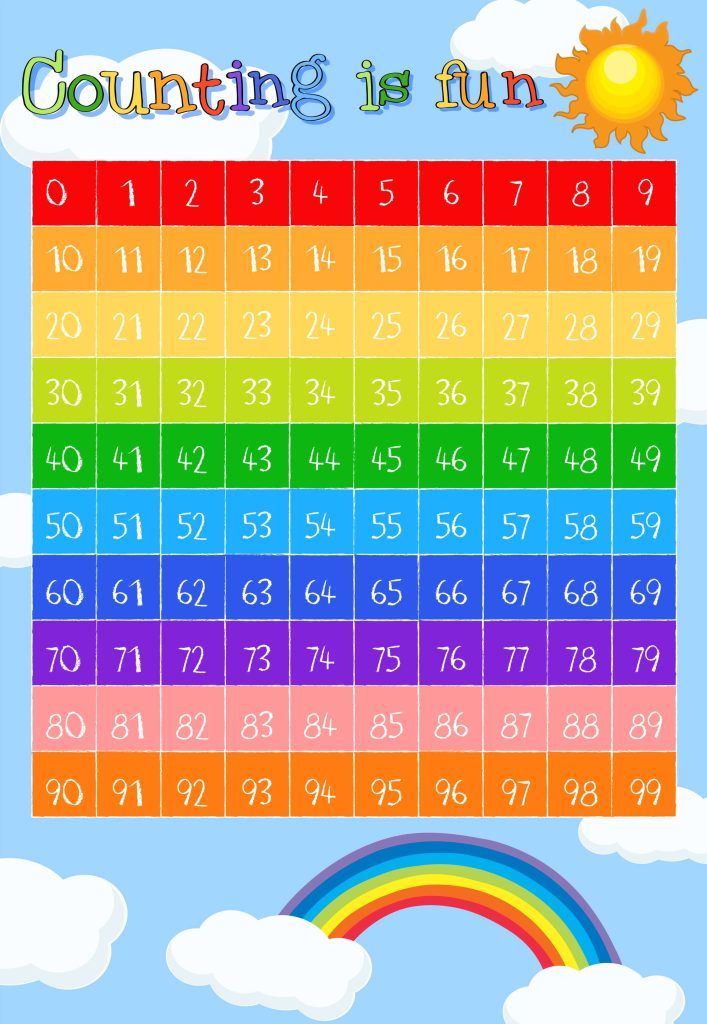
-
Use routine activities for counting to teach place value
Use real-world examples to make skip counting meaningful. For example, you can count nickels by 5s and dimes by 10s. In the same way, the child can try counting rows of chairs or eggs in a carton.
Benefits
-
Numbers are combined in groups
Instead of counting one by one, skip counting teaches kids to group numbers. The whole process clearly shows that numbers aren’t just random but follow a structure.
-
Building the foundation for multiplication and division
Skip counting helps kids recognize number patterns and repeated addition. For example, counting by fives (5, 10, 15, 20…) naturally leads to understanding 5 × 4 = 20.
Learning place value by explaining numbers and digits
Digits are just the ten symbols from 0 to 9. But they own a unique feature — they can combine to form numbers. This theory is critical because it shows kids what are the rules for place value and how the positioning of each digit impacts a final number.
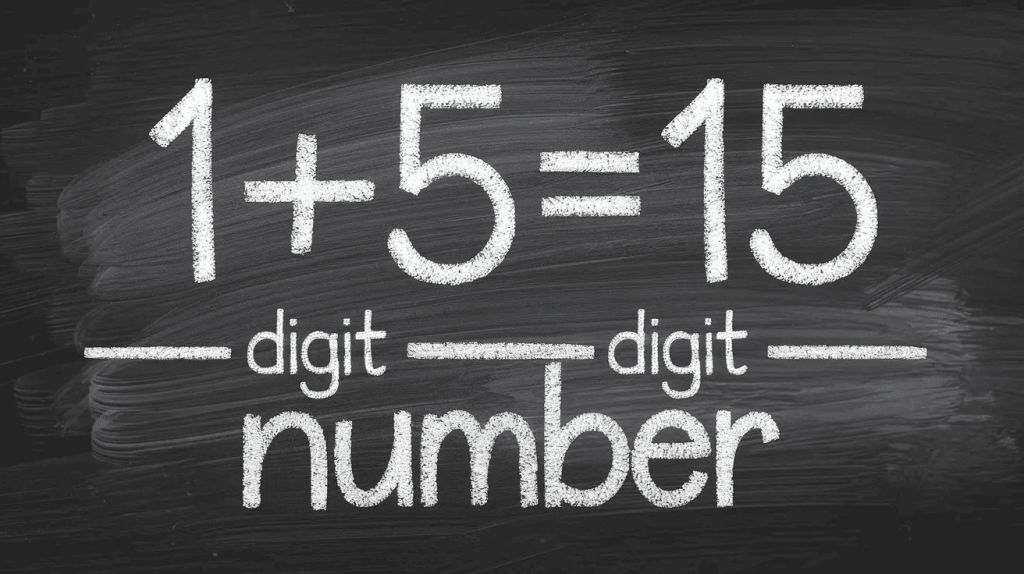
Practical tips
-
Highlight the role of the digit position
To help the child understand place value, show them how the same digit can have different values depending on its place in a number. For this, write numbers 2, 20, and 200 and ask: “How much is the two worth here?”
-
Relate numbers to real-life situations
Money is best suited for the purpose. For instance, you can show how $5, $50, and $500 use the same digit but have different values.

Benefits
Understanding how numbers are formed helps kids see patterns and relationships between them. Then, they can efficiently perform mental calculations and grasp math operations.
Learning place value by understanding different systems
Introduce your kids to 5-based or 8-based counting systems. The purpose is to broaden their math perspectives and help them better understand place value in the traditional 10-based type.
Note that the approach may be too complex for the youngest learners. However, it can prove very beneficial if you wonder how to teach place value in 4th grade.
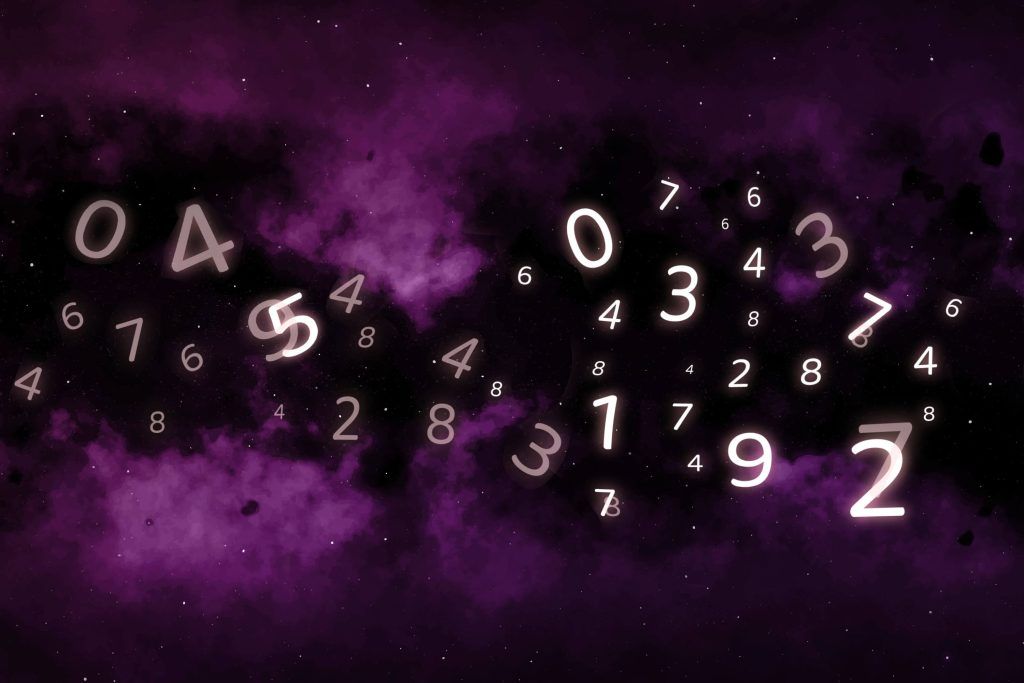
Practical tips
-
Compare & convert
Start with small numbers and rewrite them in different bases. For example, the usual number 12 in the base-10 system will turn 22 in base-5. That’s because 2 fives + 2 ones = 12.
-
Show systems with real-world examples
Show kids that base 10 isn’t the only system used in the real world.
- Computers use binary (0s and 1s).
- Clocks use 12-hour cycles, and eggs come in dozens.
- Time (60 seconds, 60 minutes) follows a non-base-10 system.
Benefits
Switching between number systems challenges kids to think differently and questions their place value understanding. Thus, kids become more adaptable problem-solvers who can grasp new mathematical ideas faster.
Learning place value by showing the application in real-world problems
It’s the most effective way to show kids why they need to learn place value. There’s a wealth of real-world examples to exemplify the topic, but some of the most common ones include counting money and conducting measurements.
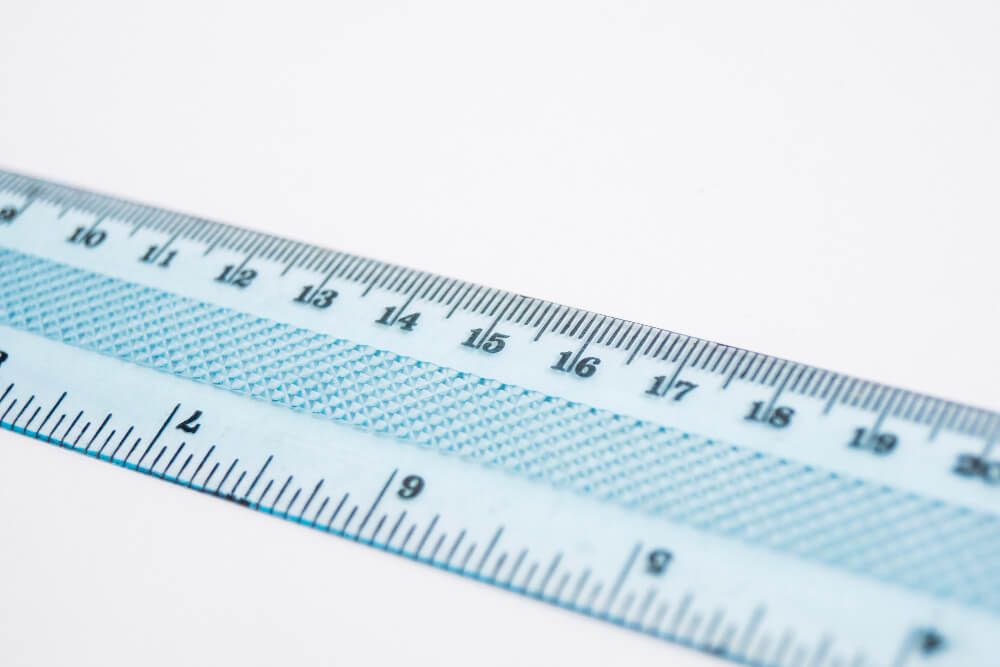
Practical tips
-
Using sports scores and statistics
Show team scores and ask kids to break them down (e.g., “If the score is 132, what’s in the hundreds, tens, and ones place?”).
-
Use place value for shopping
Shopping is a real-world scenario where place value directly impacts decisions. Thus, you can give kids a budget and let them “shop” for items, requiring them to add and subtract prices.
Benefits
Having the real-world context adds meaning. Kids often wonder, “Why do I need to learn this?” The question gets a natural answer when they get the place value explained through real-world scenarios. It transfers the math theory to things they already experience, like shopping, reading time, or handling money.
Learning place value by introducing the concept gradually
This one is a noteworthy strategy to teach place value. Never get too rushed when introducing the material. Remember that the kid should first get a firm grip on their past knowledge and only then move to what’s new. So, before you switch to hundreds, double-check that they understand tens.
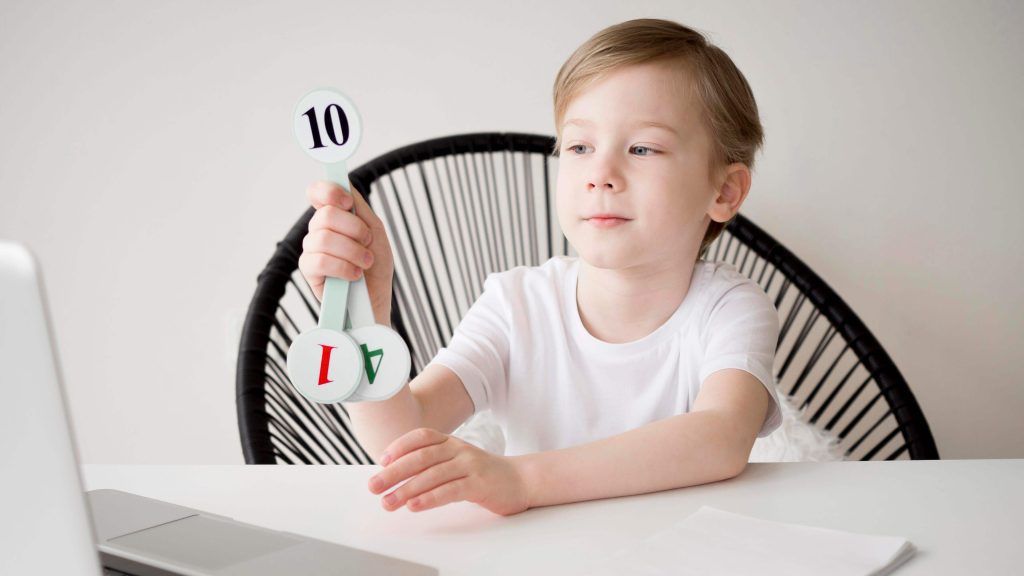
Practical tips
-
Start with concrete examples before you go abstract
Kids understand best when they can see and touch objects. So, when introducing place value, work with physical materials demonstrating the value of different digits in various positions.
-
Use number lines
Number lines visually demonstrate how numbers progress through units. Use the tool to show how numbers increase in steps of 1, 10, or 100.
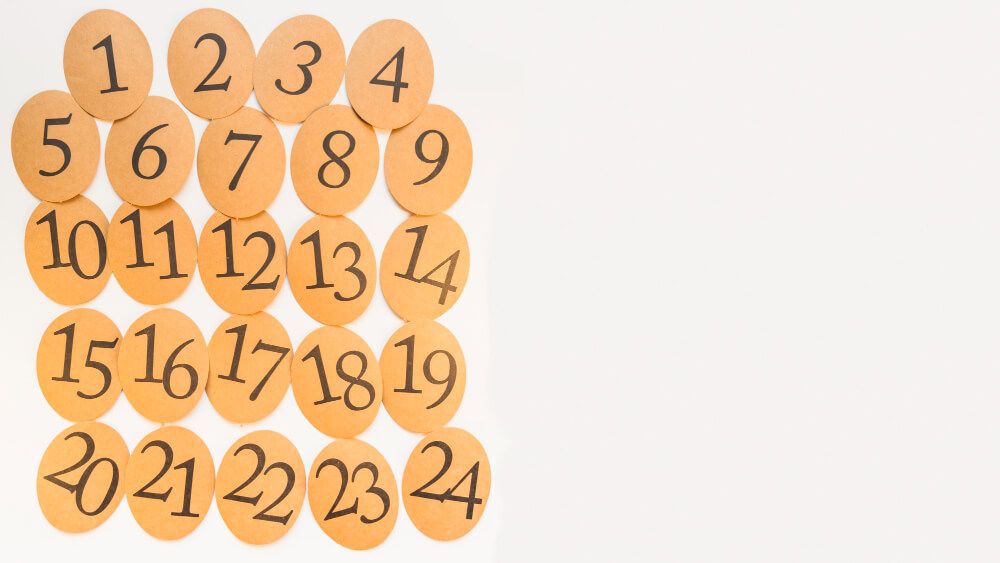
Benefits
Gradual progression allows kids to revisit and reinforce what they already know. As they master smaller components like tens, they can apply those principles to larger concepts like hundreds or thousands.
Learning place value by using manipulatives
Wondering how to give context for understanding place value? Diverse manipulatives can help. They help kids physically interact with numbers and see how big they are.
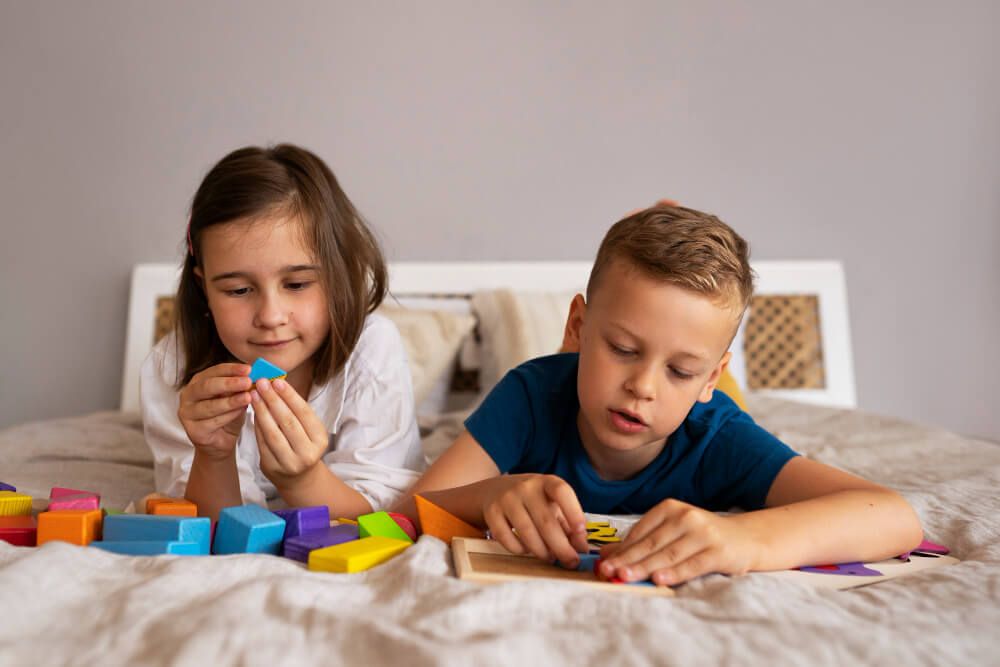
Practical tips
-
Use base-ten blocks
Base-ten blocks are a classic and highly effective tool for teaching place value. They allow kids to physically group objects into ones, tens, and hundreds and visualize how numbers break down.
-
Use coins to compare values
Coins are something kids interact with in everyday life, so they are perfect for practice. Start with this simple exercise: give kids a set of coins and ask them to group pennies, dimes, and quarters.

Benefits
Hands-on materials promote active engagement. Rather than passively listening to explanations, kids physically move the objects around, solidifying their grasp of the material. Also, note that this approach is convenient when teaching place value for kindergarten.
Learning place value through visualization
Children often struggle with abstract math. Visualization is the solution as it shows how things work in real-world contexts. If you’re wondering how to teach your child place value, connecting theory to tangible examples will definitely help.
Practical tips
-
Use place-value charts
Have kids write numbers in each column to represent digits in various place values. For example, for the number 352, place the 3 in the hundreds column, the 5 in the tens column, and the 2 in the ones column. This method can be effective if you’re looking for a way how to teach place value in year 5.
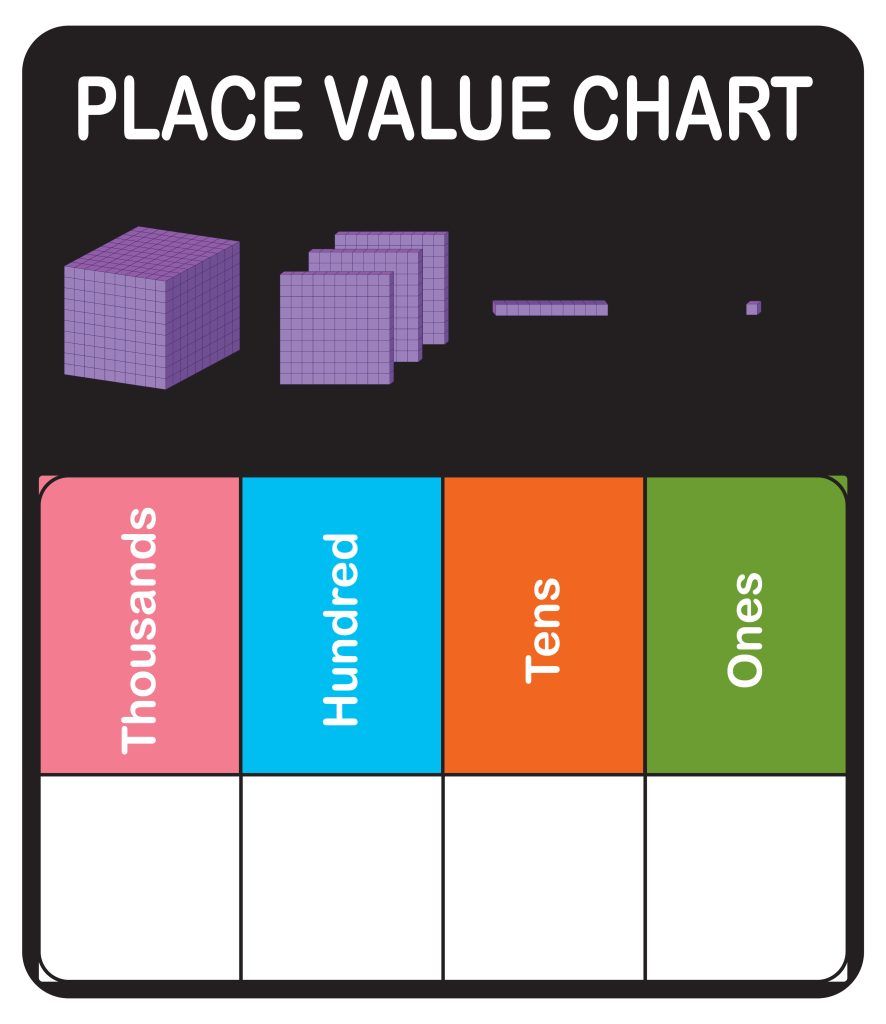
-
Implement the Montessori approach
If you’ve ever asked, “How does Montessori teach place value?” here’s the clue. According to the scheme, children must interact with place value by physically manipulating the materials. Here, they have to work independently to discover how numbers are formed.
Benefits
Visualization tools provide immediate feedback on whether the placement of digits or numbers is correct. For instance, if the digits are in the wrong column or the grouping is incorrect, children can see and correct the mistake quickly.
How to teach place value to kindergarten
The best method of teaching place value in kindergarten is to guarantee a steady learning flow where students first get a good knowledge of numbers from 1 to 10.
How to teach place value to grade 1
The best answer to how to teach place value to first graders is explaining the importance of the number 10. Grouping items by ten can significantly help in the process — use bright manipulatives to reinforce understanding. This period is crucial, so don’t hesitate to employ help from experienced tutors in case of any difficulties.
How to teach place value to grade 2
The best method of teaching place value to 2nd graders is by introducing fun, gamified tasks. Including real-world concepts is also very effective. Try using money tasks — common favorites among second graders.
How to teach place value to grade 3
The best method of teaching place value to 3rd graders is to introduce number charts and lines. It’s when kids already understand the basic concepts but need to reinforce their knowledge.
How to teach place value 4th grade
The best method of teaching place value to 4th graders is by using hands-on tools like worksheets or number columns. These options are great ways to show how to teach place value to 4th graders, as it allows them to visualize numbers. It’s when you can ask your child to work out complex numbers, but always try to give a handy example first.
Next step: Choose the best way to teach place value!
Teaching place value to elementary students can become challenging. However, with the right approach, you’ll tackle the process and help the kid master the topic for future study. Remember to:
- Introduce the concepts gradually, provide materials for visualization, and create a real-world context to encourage understanding and application of the theory.
- Use worksheets and games to provide extra practice, boost confidence, and effectively address issues, if any.
Finally, remember that Brighterly math tutoring platform is always ready to help your child master place value during compact 1:1 lessons. They provide individualized tuition, so there’s always enough time to excel in the topic.

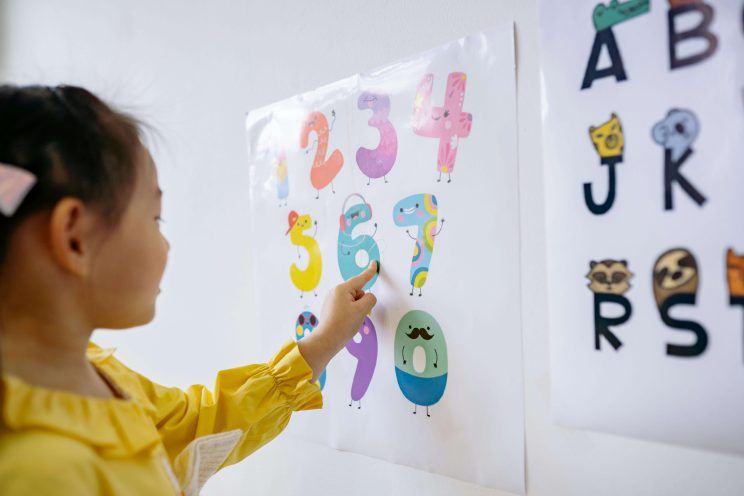




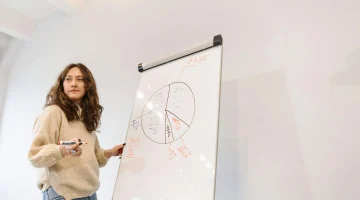





![Prodigy Membership Cost: Full Breakdown for Parents [2025]](https://brighterly-stage.xyz/wp-content/uploads/2025/08/Prodigy-Membership-Cost-e1754977566552-360x200.png)



